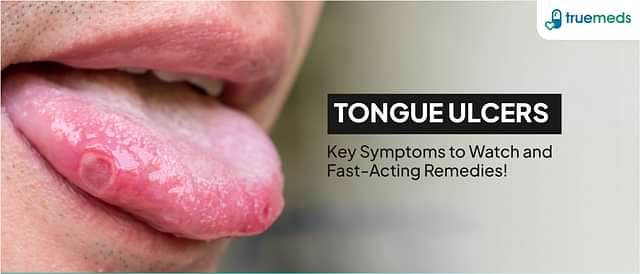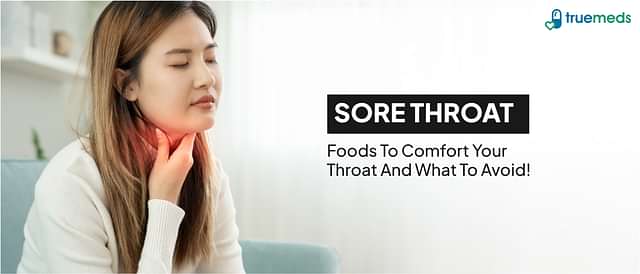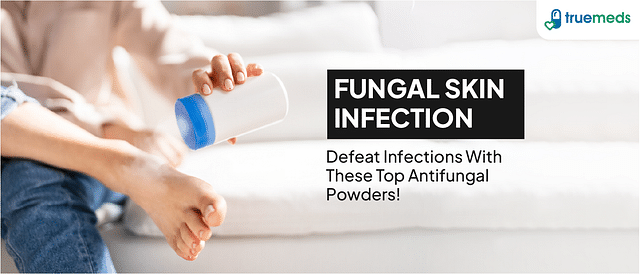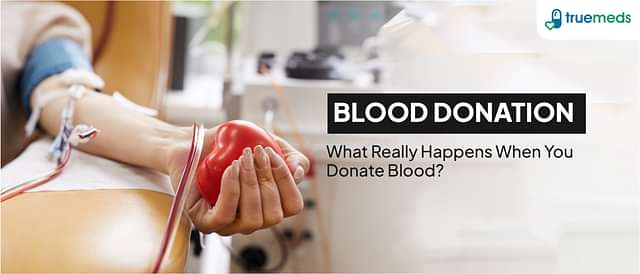Parasitic Worms and Treatment
Last updated on : 21 Apr, 2025
Read time : 7 min
Parasitic worms that harm human beings are; protozoan parasites, helminth parasites, and ectoparasites. The distribution of parasitic infections is based on economic structure. Intestinal helminths and protozoan parasites are more common in developing countries. While in developed countries, protozoan parasites are responsible for gastrointestinal infections.
What are protozoan parasites?
Types, incidence, and treatment of parasitic protozoans
Protozoa are one-celled, microscopic organisms that are one- or six-celled and either live freely or as parasitic worms. They can multiply inside the host, which means their indication of causing disease spread.
The transmission is through an oral-faecal route (through contaminated food & water,/person-to-person contact). Protozoa parasite spreads through the bite of a mosquito or fly, termed an arthropod vector.
Protozoan parasites are divided into four groups.
- Sarcodina – includes amoeba species like Entameba.
- Mastigophora – includes flagellates species like giardia and leishmania
- Ciliophora – includes ciliates like balantidium
- Sporozoa – includes organisms whose adult age is immobile
All four classes of protozoa are parasitic worms and can cause diarrhoea. Giardia. Intestinalis is the most common form of protozoan parasitic infection. Amoebiasis is the third leading cause of death worldwide, with the most significant impact being in developed countries.
Cryptosporidiosis is fast becoming the common cause of infection, especially in HIV-positive patients and children under five. C.cayetanensis has been the recent cause of diarrhoea in the last decade.
Antiprotozoal drugs
1. Antimalarials
Chloroquine is the drug of choice for malaria caused by all Plasmodium species except P. falciparum. P. falciparum is resistant to chloroquine. Drugs like amodiaquine and artesunate are used when chloroquine does not work. Primaquine, mefloquine, atovaquone-proguanil, and doxycycline are used as chemoprophylaxis treatments.
2. Antibabesial agents
It is similar to malaria. If the disease is severe, the drugs used are atovaquone, azithromycin, clindamycin, and quinine. These drugs are used in tick-bites.
3. Antiamebic agents
These drugs are used to treat amebiasis. The infection may be with or without symptoms and decides treatment. These are classified as,
- Luminal amebicides examples: iodoquinol, paromomycin sulphate, diloxanide furoate,
- Tissue amebicides
- Systemic amebicides examples: metronidazole, tinidazole and emetine
- Mixed amebicides examples include metronidazole, and tinidazole is used as mixed amebicides too.
4. Antigiardial agents
These are the drugs used to treat giardiasis. The primary drug to treat is metronidazole; alternative drugs are albendazole and tinidazole.
5. Antileishmanial drugs
These drugs treat leishmaniasis, among the neglected tropical diseases(NTD). Sodium stibogluconate is the drug of choice for visceral and cutaneous leishmaniasis, meglumine antimoniate, pentamidine, and amphotericin B are other alternatives for leishmaniasis.
6. Anti-toxoplasmic agents
Toxoplasmosis is seen in patients who are immunocompromised. It causes congenital and central nervous system diseases. Sulfadiazine with pyrimethamine is the drug for the management of toxoplasmosis.
What are helminth parasites?
Types, incidence and treatment of helminth helminths.
Helminths are large & multicellular organisms which are visible to the naked eye in adult stages. Due to their size, they do not multiply inside the human body and can live as normal or disease-causing parasitic worms.
There are three groups of helminths.
- Flatworms/ Tapeworms include trematodes and cestodes
- Thorny-headed worms
- Roundworms are also called nematodes
The adult forms of acanthocephala (thorny headed worms) live in GIT. The roundworms live in subcutaneous tissue, the lymphatic system, GIT & Blood. The immature and larvae forms cause infections in various human body parts. Helminth infections are primarily seen in tropical and subtropical regions of developing countries. It is due to inadequate sanitation and water facilities.
As per recent studies, A.lumbricoides can infect over one billion people, and hookworms affect 740 million people. Apart from the mentioned helminths, helminths do not contribute much towards infection/disease. Intestinal infections affect the physical & mental growth of children. Disturb education & ultimately affect the economic situation.
1. Antihelminthic agents
These drugs act as vermicides or vermifuges. The drugs are used based on the type of parasitic worms & chemical structure of the drug. They should have a broader therapeutic index to attack the parasite than the human body.
2. Anticestodal drugs
The drugs included in this category are mainly praziquantel- it is used as a vermicide and against cestodes like taenia saginata and diphyllobothrium latum. Alternatively, niclosamide can be used for treatment. Albendazole is another broad-spectrum anthelmintic which is indicated.
3. Antinematodal drugs
The drugs which are included in this category are praziquantel. It is effective against trematodes and is the drug of choice for Schistosoma species and clonorchiasis sinensis infections. Alternate drugs include metrifonate and oxamniquine.
Albendazole is a drug for treating infections caused by nematodes and infections like ascariasis, trichuriasis, hookworm & pinworm infections. Diethylcarbamazine is the first choice of medication for filariasis, loiasis and tropical eosinophilia.
What are ectoparasites ?
Types & treatment of ectoparasites
The parasitic worms which are included in this category are ticks, lice, and mites. All of these are parasitic worms.
1. Anti Scabies agents
The drugs used for scabies management are lindane, benzyl benzoate, permethrin and ivermectin. These drugs are used to treat scabies, a highly contagious pruritic disease. The highest cure rates are oral ivermectin, permethrin, and topical ivermectin with synergised pyrethrin.
2. Pediculicides
Head lice are the most common type of ectoparasite. The disease is managed by pyrethrins & permethrin. Due to a rise in resistance to infection with these drugs, alternative medicine like ivermectin & malathion is prescribed.
Conclusion
Parasitic worms and infections can cause a tremendous burden of disease. Parasitic infections range from small and easily treatable to complex diseases. Regular deworming is the best way to prevent parasitic infections and affects millions of people worldwide. The use of insecticides is another way of controlling the parasites. Avail teleconsultation from our expert doctors on our online pharmacy when you place an order for medicines, or you can also download our Truemeds app to do the same. Get branded as well as generic medicines by uploading your prescription on Truemeds. When placing an order for medicines online, you may save more money by selecting alternative or generic medicine advised by Truemed’s expert doctors. And also, save up to 72% on your purchase and get free home delivery pan India.
Frequently asked questions
Albendazole & Diethylcarbamazine are the two main medications to treat/cure parasites. When diethylcarbamazine fails, albendazole is indicated for parasite infection.
Wash your hands properly, especially after handling uncooked food and faeces; Cook the food properly; Drink clean water.
Stomach cramps and pain, Nausea and vomiting, Dehydration,
Weight loss, Digestive problems like constipation, persistent gas, Continuous muscle & joint pain.
The parasite symptoms last anywhere around 2 to 6 weeks.
A general physician
Disclaimer – Truemeds’ sole intention is to ensure that customers have access to information that is accurate & trustworthy. However, the information here should not be used directly and it cannot act as a substitute for the advice of a doctor. The information provided is only to stay informed. The information on side effects, drug interactions or warnings, and alerts are not exhaustive. Please consult your doctor for the right advice on diseases & medication information.
References
Disclaimer
Our healthcare experts have carefully reviewed and compiled the information presented here to ensure accuracy and trustworthiness. It is important to note that this information serves as a general overview of the topic and is for informational purposes only. It is not intended to diagnose, prevent, or cure any health problem. This page does not establish a doctor-patient relationship, nor does it replace the advice or consultation of a registered medical practitioner. We recommend seeking guidance from your registered medical practitioner for any questions or concerns regarding your medical condition.
Popular Articles
Recommended Articles
Recent Articles
Company
About UsHealth ArticleHealth StoriesDiseases & Health ConditionsAyurvedaAll MedicinesAll BrandsNeed HelpFAQSubscribe
Registered Office Address
Grievance Officer
Download Truemeds

Contact Us
Our customer representative team is available 7 days a week from 9 am - 9 pm.
v3.8.9
2025 - Truemeds | All rights reserved. Our content is for informational purposes only. See additional information.
Our Payment Partners

















































